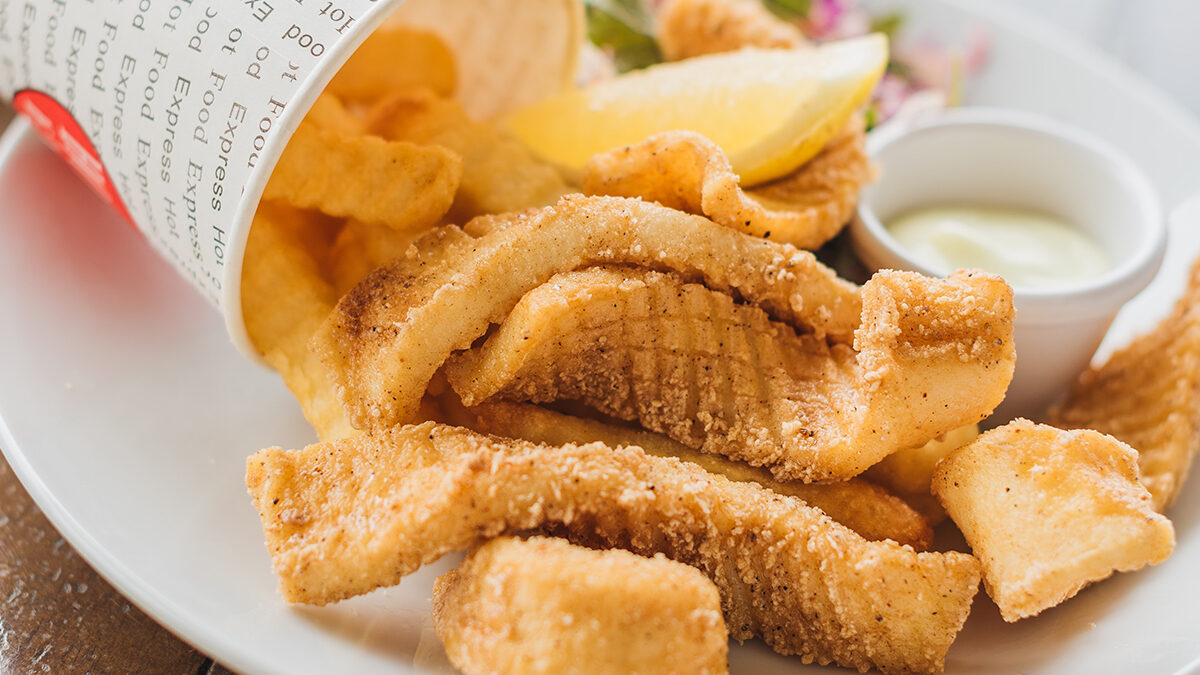Going out for breakfast, lunch or dinner is always such a treat. Sharing beautiful food with friends or family, being waited on and not having to clean up a pile of dishes once you’ve finished eating are some of the benefits of eating out.
Unfortunately, restaurant or café food can often be high in kilojoules, saturated fat, sugar and salt. After all, the chefs don’t really care for our personal health goals, their aim is to make everything taste delicious. We also tend to eat more when we are dining out, it’s such a treat, so we order and eat more than we usually would if we were in our own homes.
If you’re watching your overall health and well-bring, here are my 10 tips which will help achieve this while eating out.
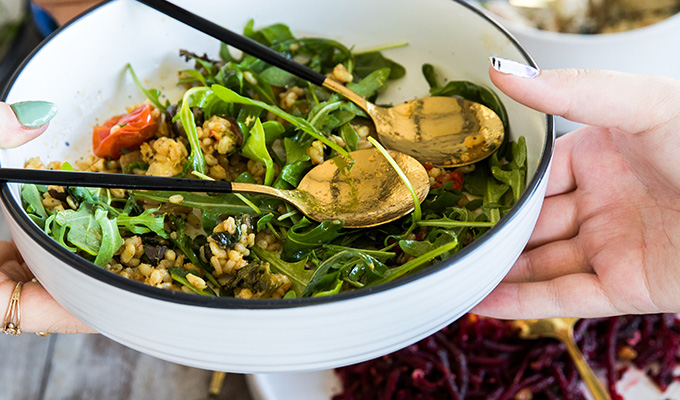
1. Listen to your hunger cues.
If you’re not overly hungry order an entrée size dish or buddy up and split a main meal in half with a friend or partner. You can also always order a kids serving if you’re not too hungry. It helps to drink a big glass of sparkling or still water when you arrive, this will dampen your appetite, which may help to order less
2. Have a little sticky beak.
I love doing this. If I’m not familiar with the restaurant/cafe, I’ll often get up before ordering and have a little look at the meals on other people’s tables. It gives you a good idea about portion sizes and how certain menu items are cooked. This means I’m able to order more accurately in terms of how hungry I am and get an idea about freshness in the meals.
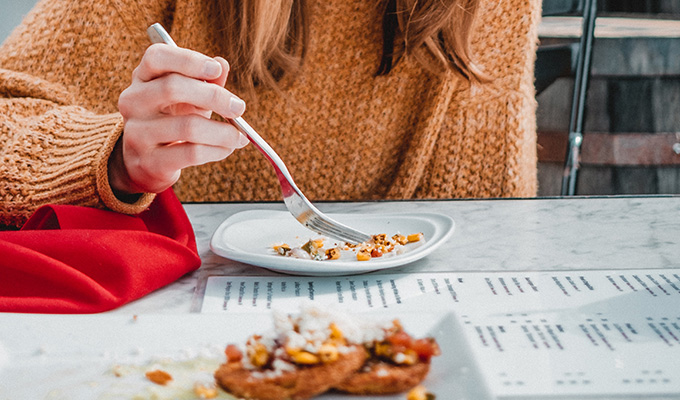
3. Don’t order all your meals at once.
There are many restaurants that usually prefer you to order an entrée, main and dessert when you first sit down. I often order the entrée, keep the menu and ask if I can order the main after I’ve eaten the entrée. They might give me a bit of an eye roll, but they usually allow it. This gives you the chance to see how big the entrée is and order a smaller main dish if it’s a larger serving. It also gives your body time to digest the entrée and your stomach to feel satisfied before over-ordering for your next courses.
4. You have every right to ask the waiter about how dishes are prepared.
Find out how dishes have been cooked, for example have they been grilled, pan fried or deep fried. Choose a grilled option if possible. Ask about the cuts of meat. Skinless chicken breast, lean beef or fish are much better choices than highly processed meats, such as sausages, bacon and salami. Ask if the dishes are cream based or have a lot of cheese and select your meals based on the healthier options.
5. Ask for dressings or sauces to be placed on the side of dishes.
Restaurant dishes can often be drenched in sauces or dressings, and it means you’re consuming far more kilojoules and salt than you usually would. You can still enjoy the sauce/dressing by drizzling smaller amounts yourself. You can also ask for a simple extra virgin olive oil and balsamic dressing if you’re ordering a salad.
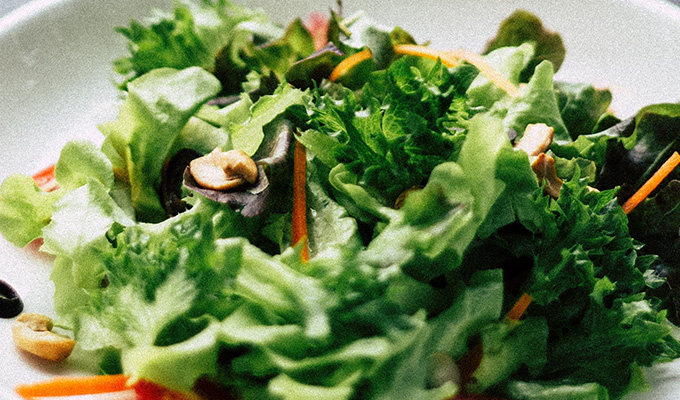
6. Make sure to include some vegetables or salad with your order.
You can always swap out fries for a salad or vegetables to cut down on those extra kilojoules and salt.
7. If you order a dessert, try and order a fruit-based dessert and share it with someone at the table.
You can still absolutely enjoy the dessert; you just won’t overdo it. If you’re ordering a coffee after your meal, choose skinny milk and ask them to leave out the biscuit or after dinner chocolate.
8. You can enjoy an alcoholic beverage, just make sure you’re drinking plenty of water in between alcoholic beverages.
Depending on the price, ordering by the glass can be a healthier choice, as it means you’re allowing breaks between ordering the next drink and the barman would tend to pour a smaller glass of wine compared with if you had your own bottle at your table.
9. You don’t have to finish your meal! There are still so many restaurants that serve massive portion sizes, it blows my mind.
The other day I ordered a chicken parmigiana (safe bet at an unknown pub), and it was almost the size of my head! It could have served 3 people. I didn’t finish it and took the leftovers home in a doggy bag. The next day, I cut it up and added to a healthy salad.
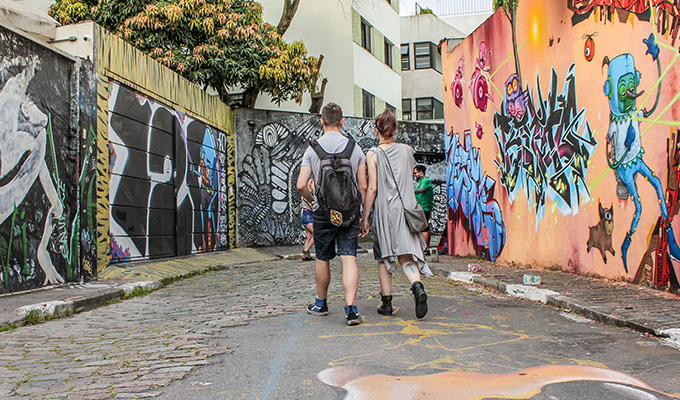
10. This isn’t always possible, but if you can manage a walk after eating out, it’s a bonus.
Park the car a little further from the restaurant/cafe to allow a walk to and from the restaurant. Go for a 15 minute walk around the block before ordering a taxi to go home. The movement can aid digestion and help lower blood glucose levels.
I hope these tips will help you in choosing healthier options when eating out. You don’t need to deprive yourself or skip going out for a meal, just get a little savvy and you’ll be making better choices. Don’t forget to eat slowly, have breaks in between your mouthfuls, enjoy conversation and listen for your hinger cues.

